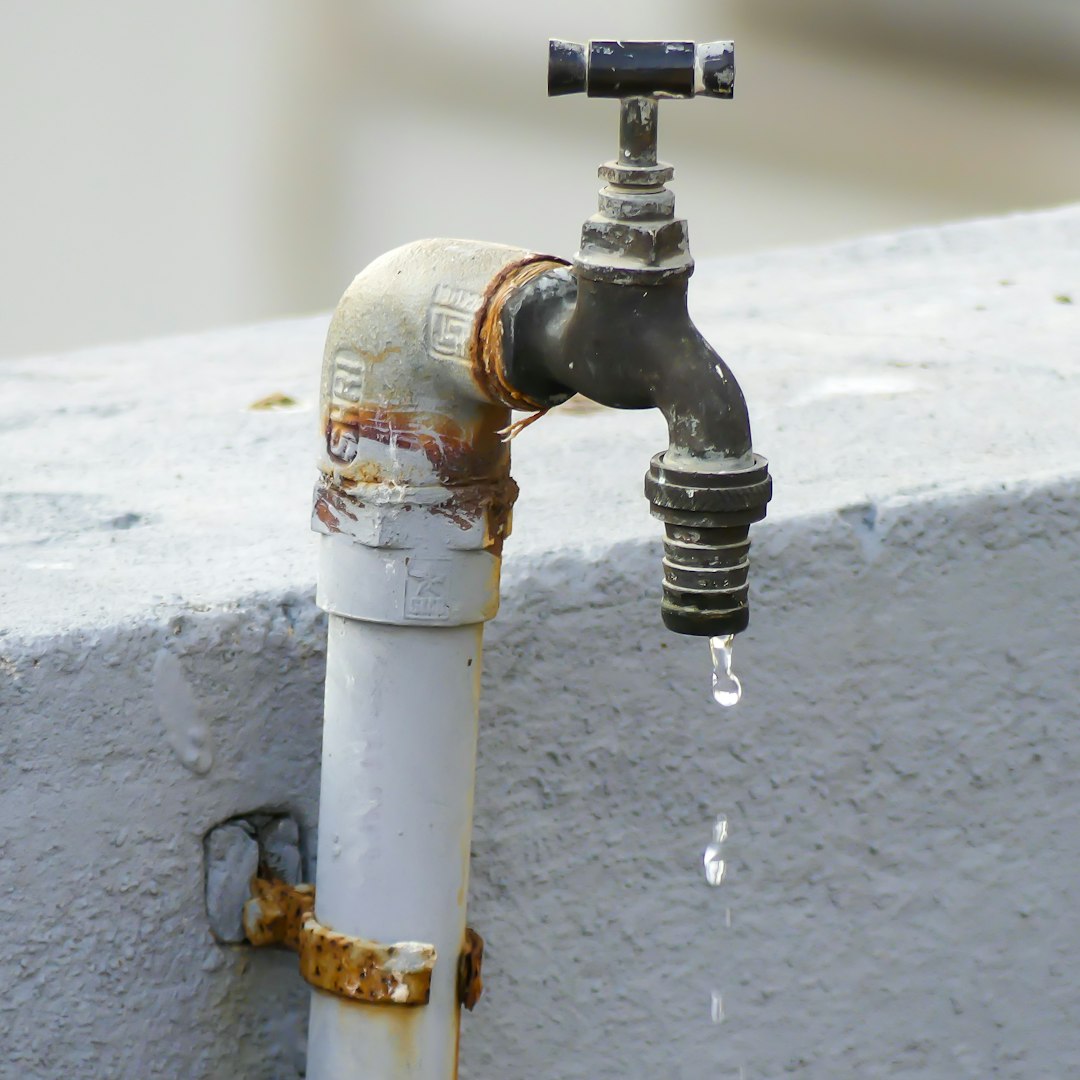- How Meteorologists Predict Storms Using Satellite Data - October 3, 2025
- What Causes Rainbows And Why They’re Always Curved - October 1, 2025
- 3 Industries Face Crushing New Tariffs as Trade War Escalates - September 28, 2025
Understanding the Global Water Crisis
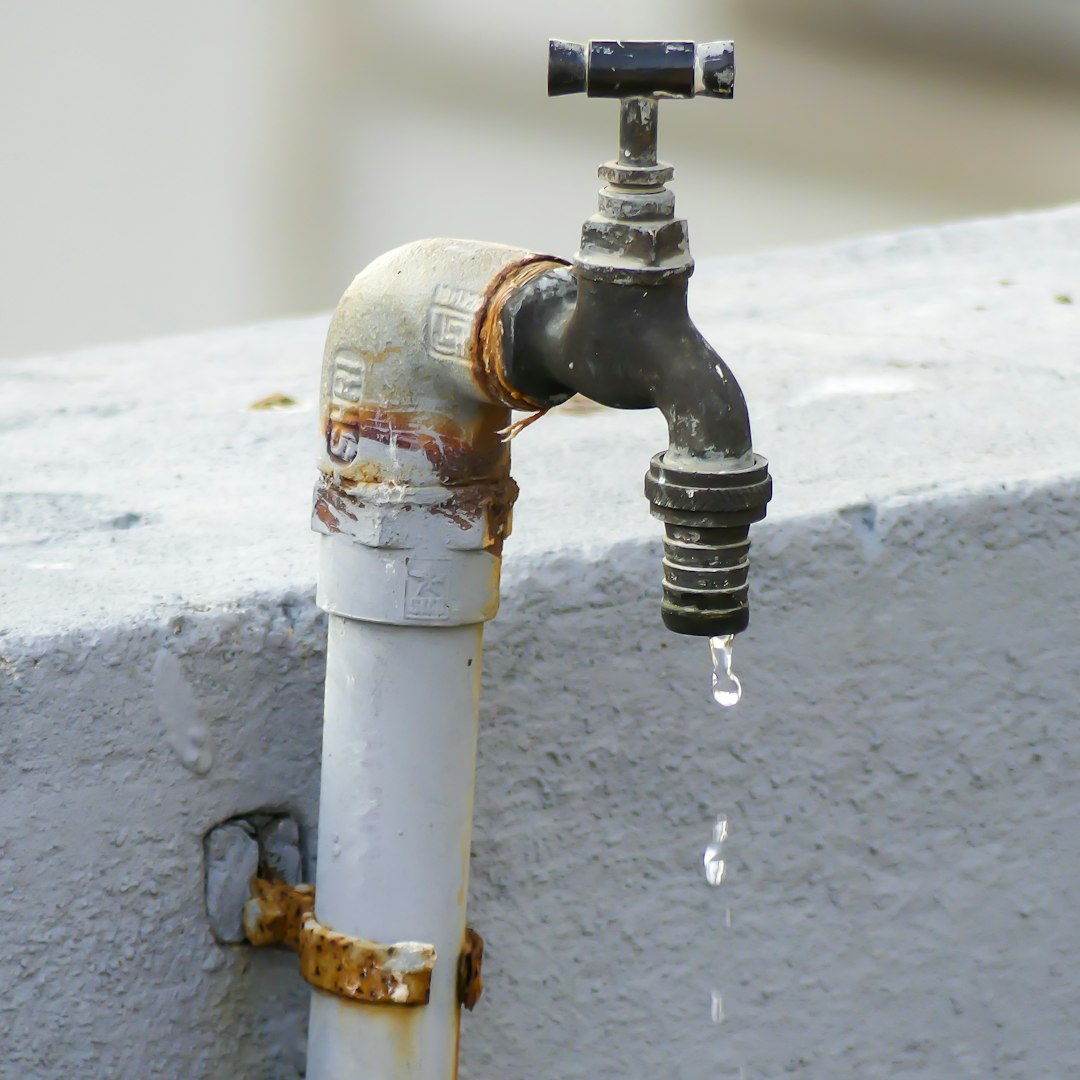
The statistics are staggering when you look at our current water situation globally. As of 2025, 2.2 billion people still lack safely managed drinking water, 3.4 billion go without safely managed sanitation services, and 1.7 billion lack basic hygiene services at home. What’s even more concerning is that at the current speed, the world will not achieve sustainable water management until at least 2049. This reality isn’t just someone else’s problem – it affects every household worldwide through rising costs, supply shortages, and environmental degradation. Roughly half of the world’s population currently experiences severe water scarcity for at least part of the year, making household water management more critical than ever. The urgency becomes clear when you realize that simple changes in our daily routines can contribute to a much larger solution.
Smart Water Meters: Your Digital Water Management Assistant
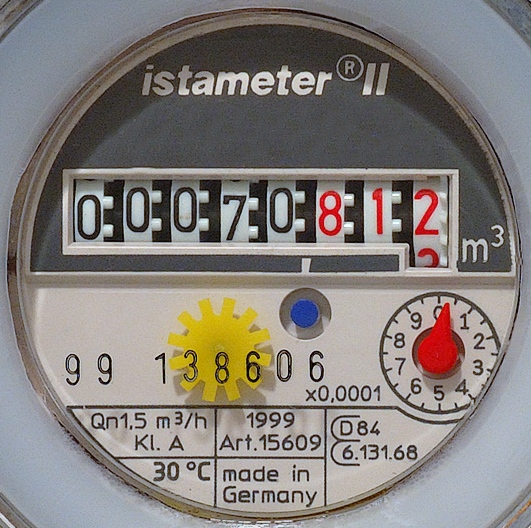
Smart water metering is one of the most iconic forms of digitalization available to water utilities today. Smart meters offer unique and powerful benefits for drinking water management, making it possible to automate shutoffs and expand data collection for a relatively low cost. Think of smart meters as your personal water consumption coach – they provide real-time data about how much water your household uses throughout the day. One of the greatest benefits of having a smart water meter in your home is cost savings. These meters allow users to monitor their water consumption, meaning they can save money by paying only for the water they actually use.
The technology goes beyond just measuring usage. Smart water meters have the ability to detect leaks in the home’s water system early on. Smart water meters can identify any changes in water consumption that have no reasonable explanation, which may indicate the presence of a leak. Real-world results are impressive too – providing access to smart metering technology induces households to reduce consumption by around 2% on average, with consumers’ engagement with the information portal as the main mechanism behind the observed behavioral response.
Fixing Leaks: The Hidden Water Wasters

Here’s a shocking fact that most people don’t realize: a single drip per second can waste over 3,000 gallons of water yearly. That tiny, seemingly harmless drip from your kitchen faucet is actually costing you serious money and wasting precious resources. According to EPA estimate, household leaks in the US can waste approximately 900 billion gallons of water annually nationwide. The good news is that fixing leaks is often one of the simplest and most cost-effective water conservation measures you can take.
Start by doing a monthly leak detection walk-through of your home. Check all faucets, showerheads, toilet flappers, and any visible pipes for signs of dripping or moisture. Pay special attention to your toilet – a running toilet can waste hundreds of gallons per day. Smart meters have helped detect more than 80,000 leaks on customers’ private supply pipes, which have been repaired, saving 57 million litres of water a day. Don’t overlook outdoor spigots and irrigation systems, especially after winter freeze-thaw cycles that can cause pipe damage.
Bathroom Water Conservation Strategies
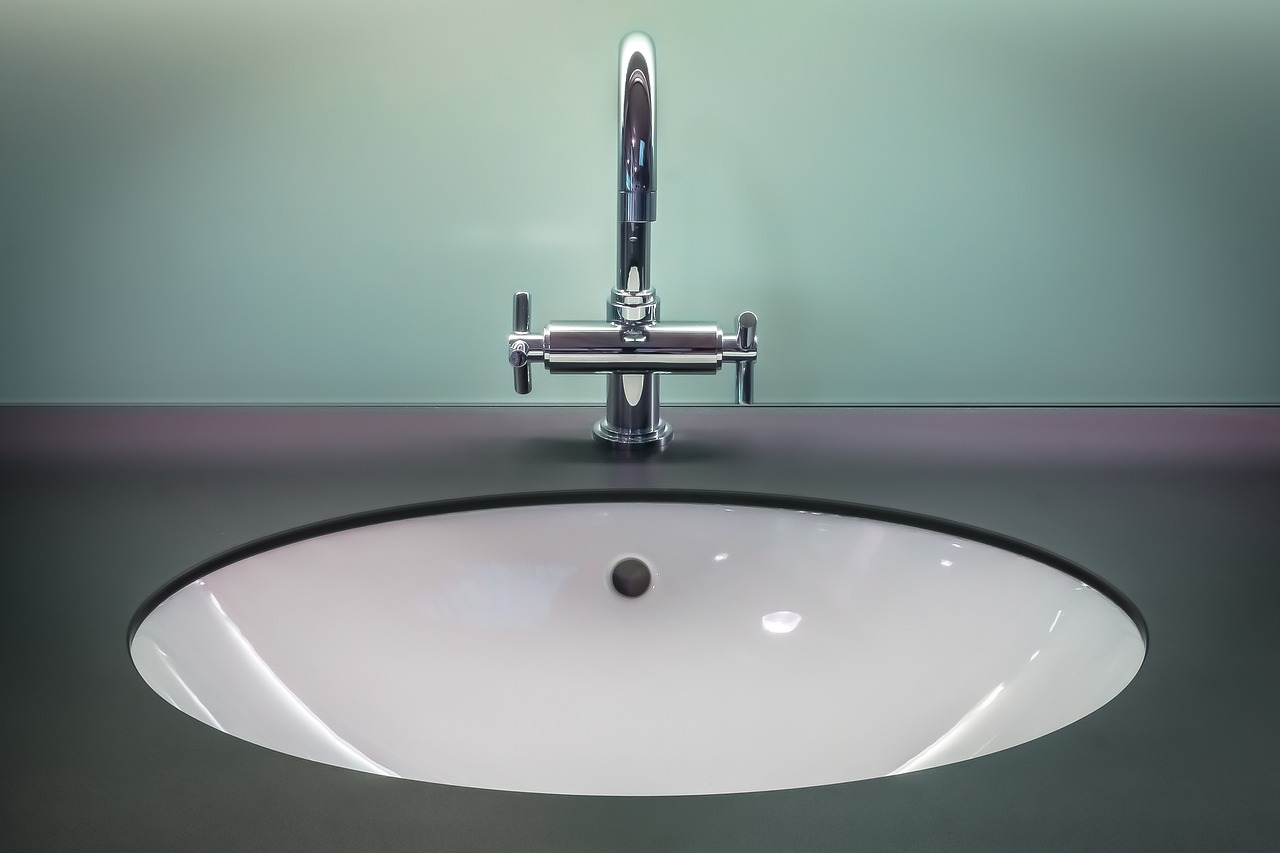
75% of water used indoors is in the bathroom, and 25% of this is for the toilet. The average toilet uses 4 gallons per flush. This makes your bathroom the most important room to focus on for water savings. Simple behavioral changes can make a huge difference without requiring any upfront investment. Turning off the tap while brushing your teeth or shaving can save up to 200 gallons of water per month.
Consider upgrading to water-efficient fixtures when replacements are needed. Replacing old, inefficient toilets with WaterSense-labeled models can save 13,000 gallons of water per household each year. For showers, showers use less water than baths, as long as you keep an eye on how long you’ve been lathering up. A low-flow showerhead combined with shorter shower times can dramatically reduce your household’s water consumption. Even small changes like filling a glass for mouth rinsing instead of leaving the tap running add up over time.
Kitchen and Appliance Water Efficiency
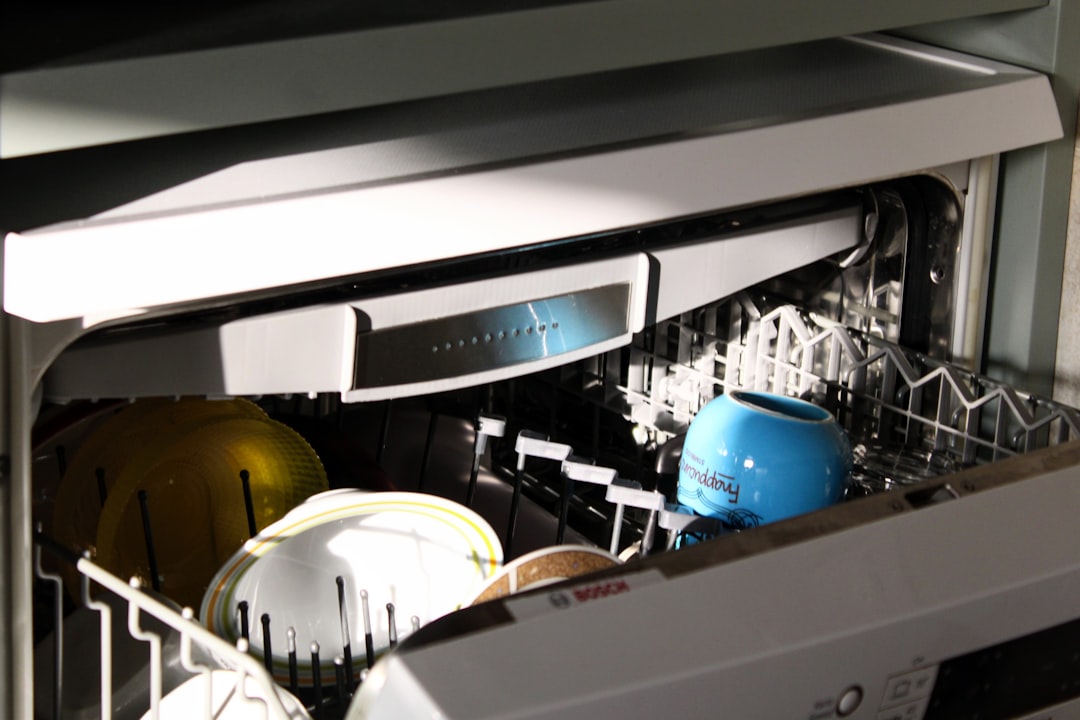
Your kitchen habits play a bigger role in water conservation than you might think. Use a dishwasher—and when you do, make sure it’s fully loaded! Scrape your plate instead of rinsing it before loading it into the dishwasher. This might surprise you, but it turns out washing dishes by hand uses a lot more water than running the dishwasher. When you must wash dishes by hand, plug up the sink or use a wash basin if washing dishes by hand.
Appliance upgrades can provide substantial long-term savings. A full-sized ENERGY STAR certified clothes washer uses 13 gallons of water per load, compared to the 23 gallons used by a standard machine. That’s more than 3,000 gallons of water, per year! Keep a pitcher of drinking water in the refrigerator instead of letting the faucet run until the water is cool. These simple changes require minimal effort but deliver maximum impact on your water bill.
Outdoor Water Management and Landscaping
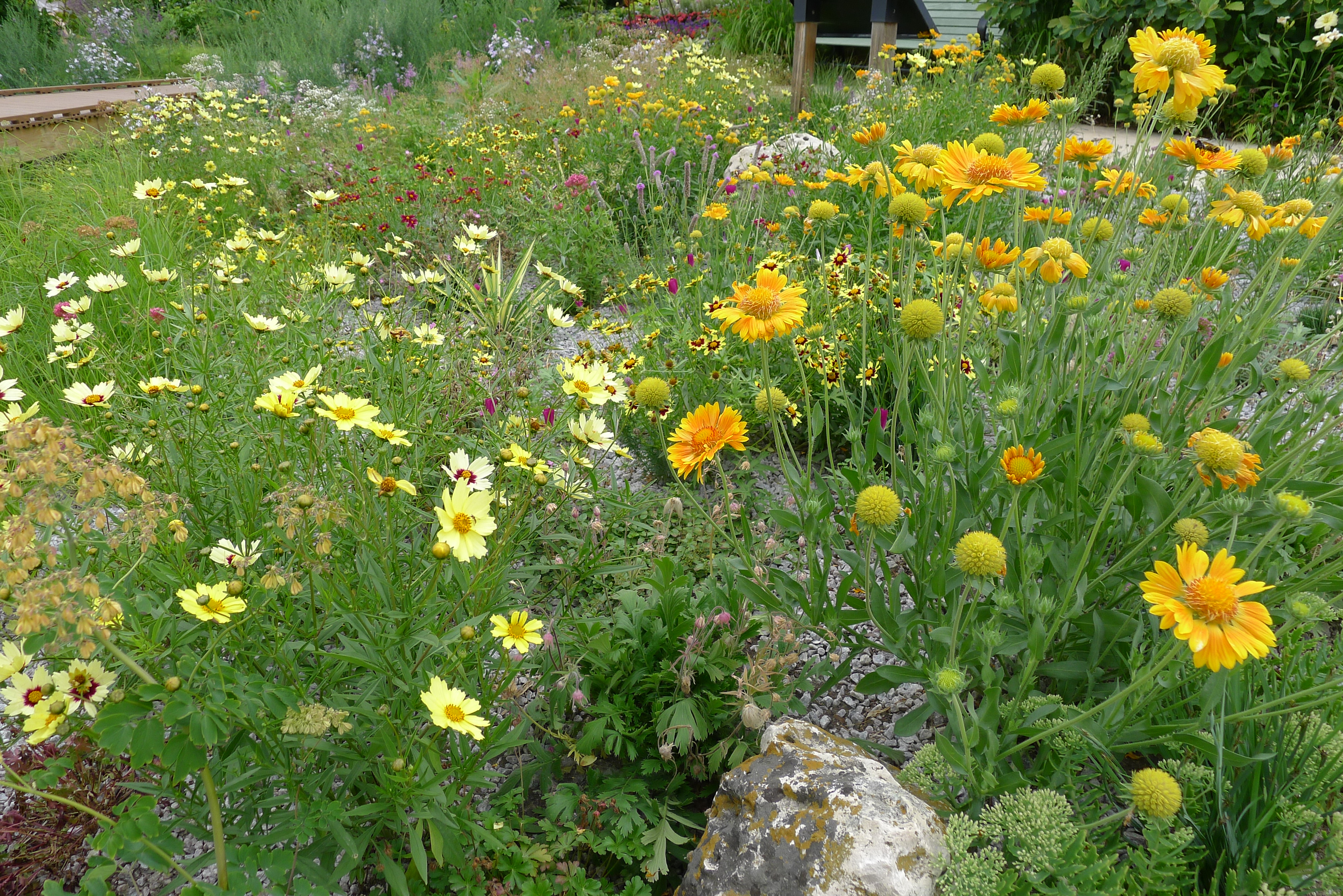
Of the estimated 29 billion gallons of water used daily by households in the US, nearly 9 billion gallons, or 30 percent, is devoted to outdoor water use. In the hot summer months, or in dry climates, a household’s outdoor water use can be as high as 70 percent. This presents enormous opportunities for conservation. Studies in the western United States have found that residential, xeriscaped lawns use half as much water as traditional landscapes.
Smart landscaping choices can slash your outdoor water needs. Since most water outside is used to water plants, landscaping with drought-tolerant (called xeriscaping) and native plants can greatly reduce consumption. Using mulch around outdoor plants also helps to trap moisture and reduce watering. Efficient drip irrigation systems, rather than conventional sprinklers, can produce water savings of 25–75 percent. Rain barrels can be used to catch water from rooftops for outdoor use, turning free rainfall into your irrigation system.
The Psychology of Water Conservation Behavior

Understanding why people change their water habits is crucial for long-term success. Researchers have been successful in inducing environmental conservation behavior, but the effect is usually transient. Persistence in behavior change has been elusive. However, a simple, cost-effective, and replicable behavioral intervention for household water conservation that achieved persistence of behavior change has been developed. The key isn’t just knowing what to do – it’s creating lasting habits.
Only experiences of drought have a positive impact on the number of cost-incurring steps taken by households. Based on the result, state and local government’s water-saving initiatives can be more effective if they utilize the drought experiences to attract the public’s attention. This suggests that awareness of water scarcity motivates action. Research found a 15 to 25% reduction in household water consumption in the absence of any volumetric pricing. Most importantly, the effects of a 5-week intervention persisted for more than a year.
Greywater Systems and Water Reuse
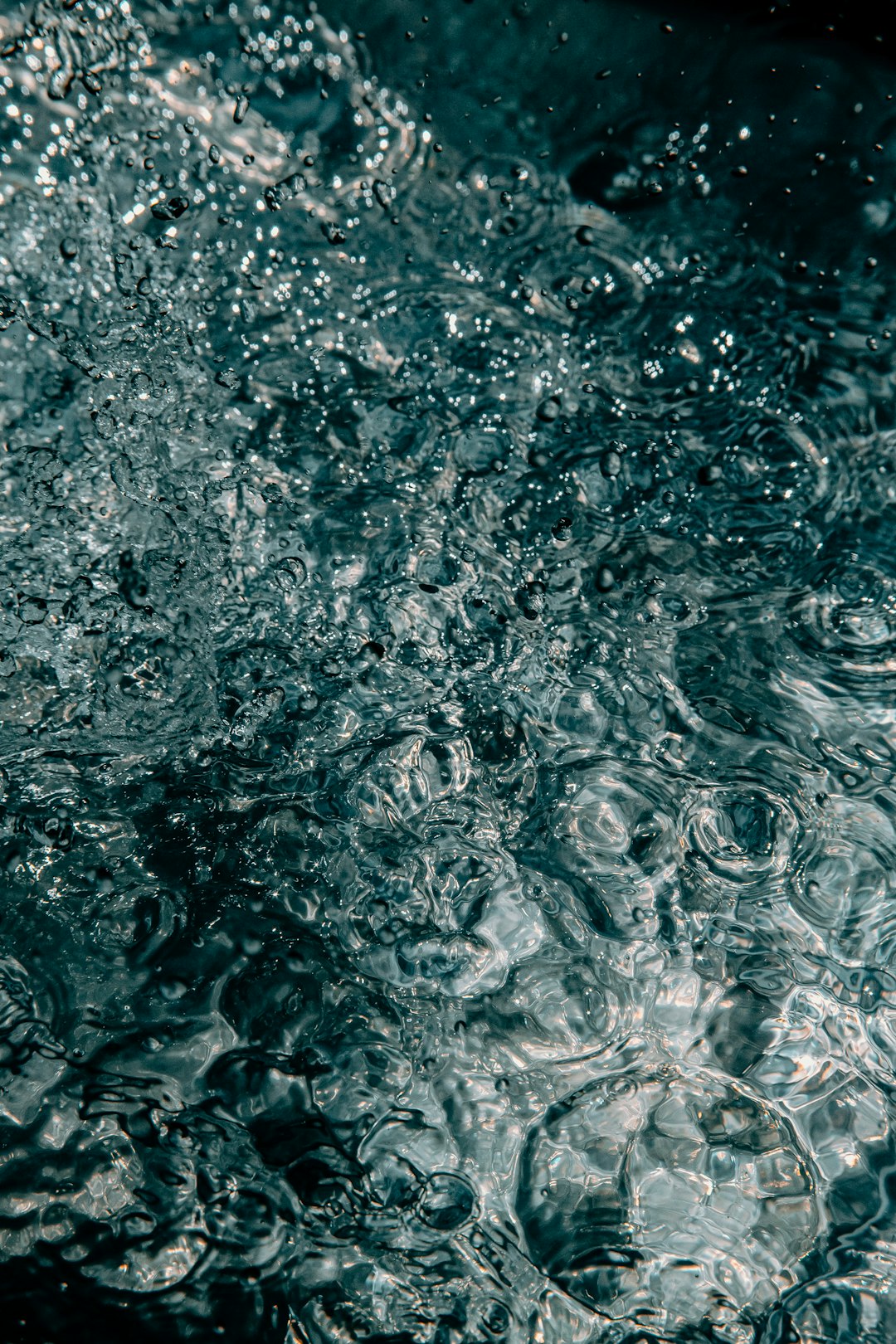
Greywater represents a massive untapped resource in most households. This includes water from sinks, showers, and washing machines – essentially any household wastewater except from toilets. In 2025, 56 per cent of global domestic wastewater generated was safely treated, largely unchanged from 2020. By capturing and reusing greywater for irrigation and other non-potable uses, households can significantly reduce their demand for fresh water.
Simple greywater systems can be surprisingly effective and don’t require major plumbing overhauls. You can start by collecting shower water while it warms up, or using water from washing vegetables to water plants. More sophisticated systems can redirect laundry water to outdoor irrigation systems. The key is ensuring that any greywater used for plants doesn’t contain harmful chemicals or excessive soap residues. This approach essentially gives your water a second life instead of sending it straight down the drain.
Water-Efficient Fixtures and Their Real Impact
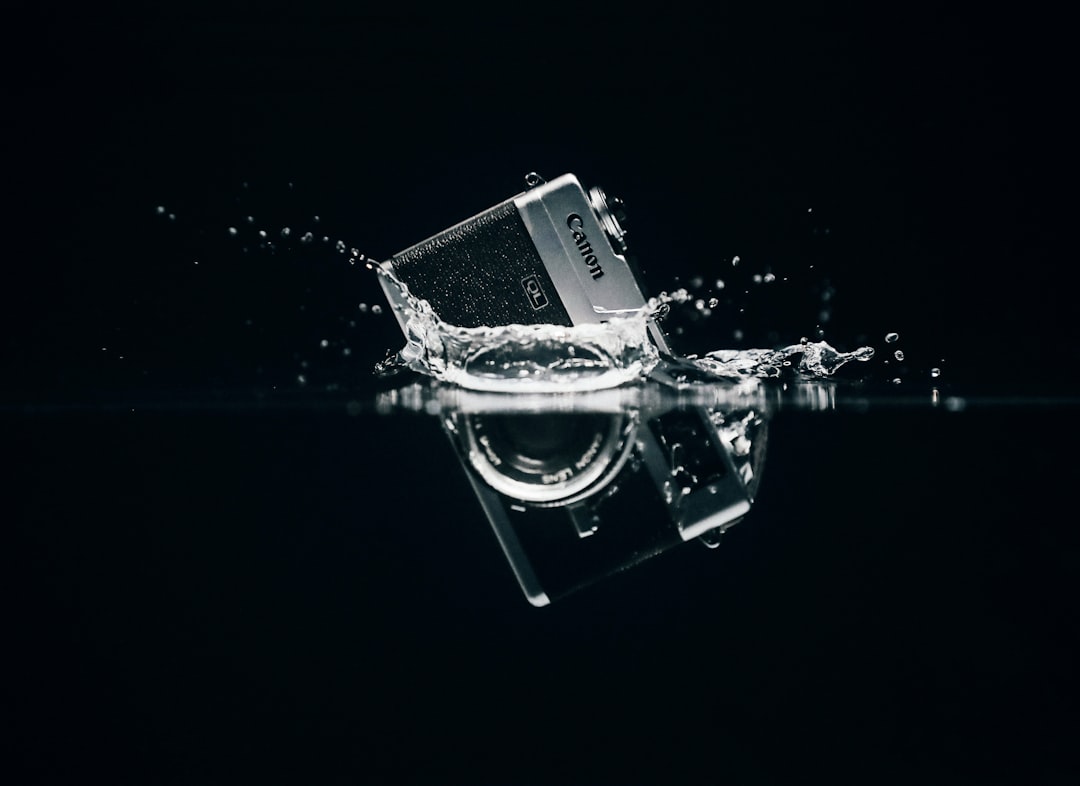
The numbers don’t lie when it comes to efficient fixtures. By using water-saving features you can reduce your in-home water use by 35%. This means the average household, which uses 130,000 gallons per year, could save 44,000 gallons of water per year. Using simple methods like tank banks, low-flow showerheads and faucet aerators you can retrofit your home for under $50. The return on investment is immediate and continues year after year.
The average family spends $1,100 per year in water costs, but can save $350 from retrofitting with WaterSense labeled fixtures and ENERGY STAR qualified appliances. Fitting household faucets with aerators is an easy and effective water saving tip that is also the cheapest! A simple low-flow aerator saves water in the bathroom. These small devices mix air with water flow, maintaining pressure while reducing actual water consumption. The beauty is that you barely notice the difference in performance, but your water meter definitely will.
Monitoring and Measuring Your Progress
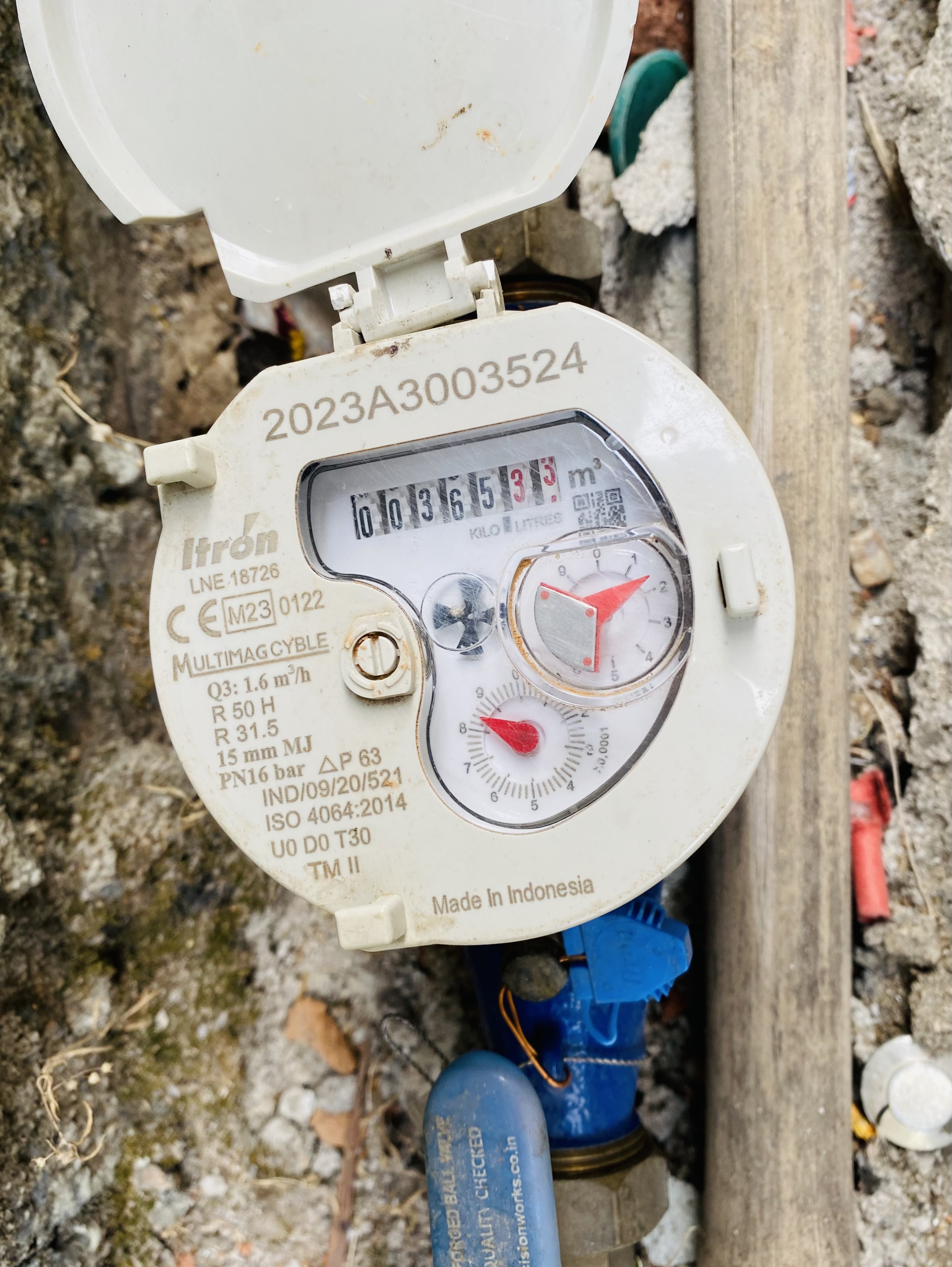
You can’t manage what you don’t measure, and this principle applies perfectly to household water conservation. The latest household water consumption study conducted by PUB from 2021 to 2022 with about 400 households showed that shower, flushing, kitchen and laundry remained as the largest water consuming areas in households, constituting 81% of its total water usage. Understanding your household’s specific usage patterns helps target conservation efforts where they’ll have the biggest impact.
The US Environmental Protection Agency estimates that metering alone can reduce consumption by 20 to 40 percent. In addition to raising consumer awareness of their water use, metering is also an important way to identify and localize water leakage. Many households are shocked when they first see detailed breakdowns of their water usage. A housing society installed smart water meters and their consumption came down by 25%-30%. As they could track hourly/daily water consumption through the app, everyone became more sensitive towards water usage and they tried to save water.
The Economics of Household Water Conservation
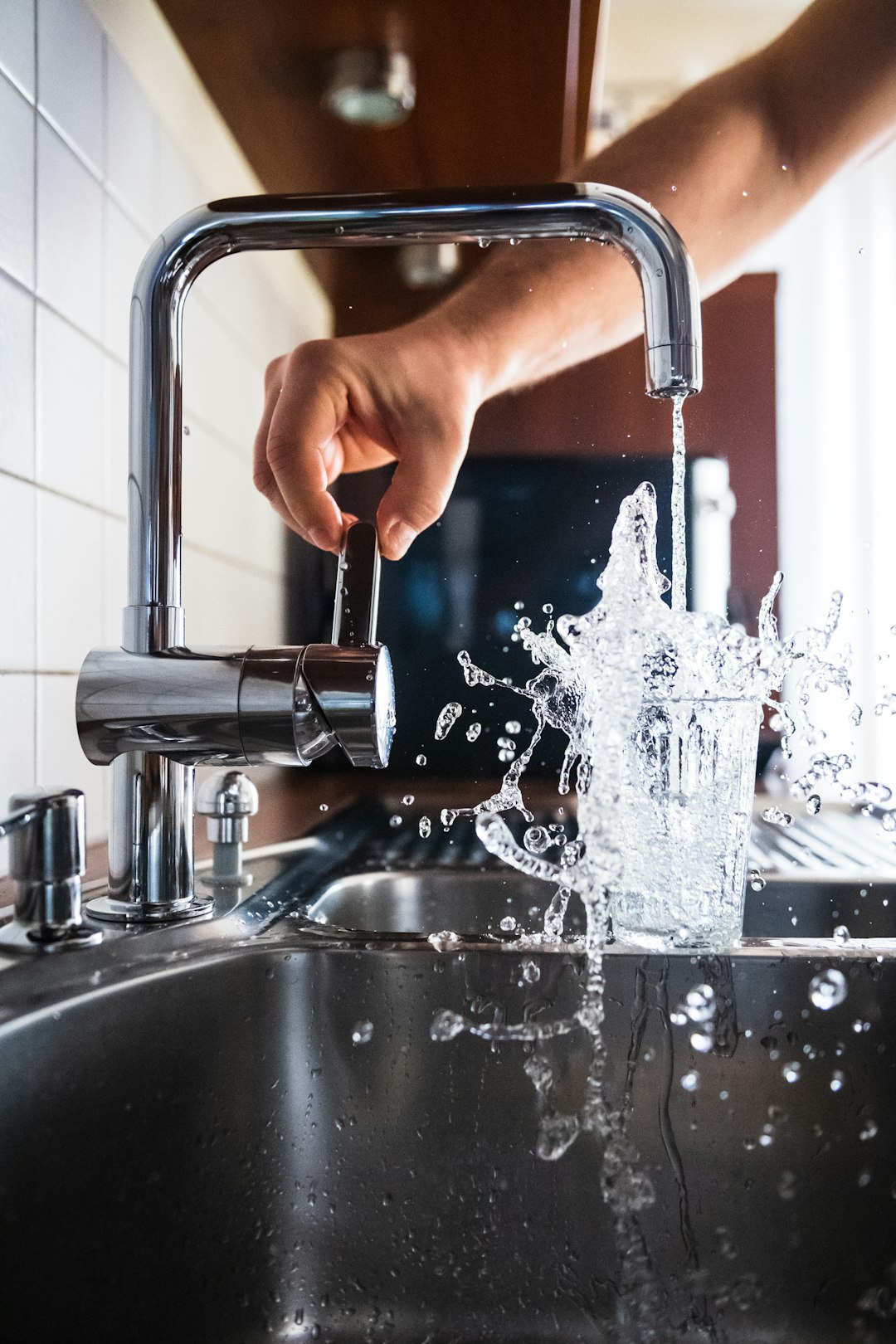
Water conservation isn’t just about environmental responsibility – it makes solid financial sense. Cost is a burden for household water conservation, however, household income is negatively associated with household water conservation. This might seem counterintuitive, but it suggests that conservation awareness often comes from economic necessity rather than environmental concern alone.
A recent report by the General Accounting Office indicates that communities could save hundreds of millions of dollars on water and sewage facilities through water conservation. At the household level, conservation measures typically pay for themselves within months through reduced utility bills. Cost-benefit analyses consistently find high returns on water security investments. The initial investment in efficient fixtures or leak repairs quickly becomes ongoing savings that compound over years.
Future-Proofing Your Home’s Water Systems
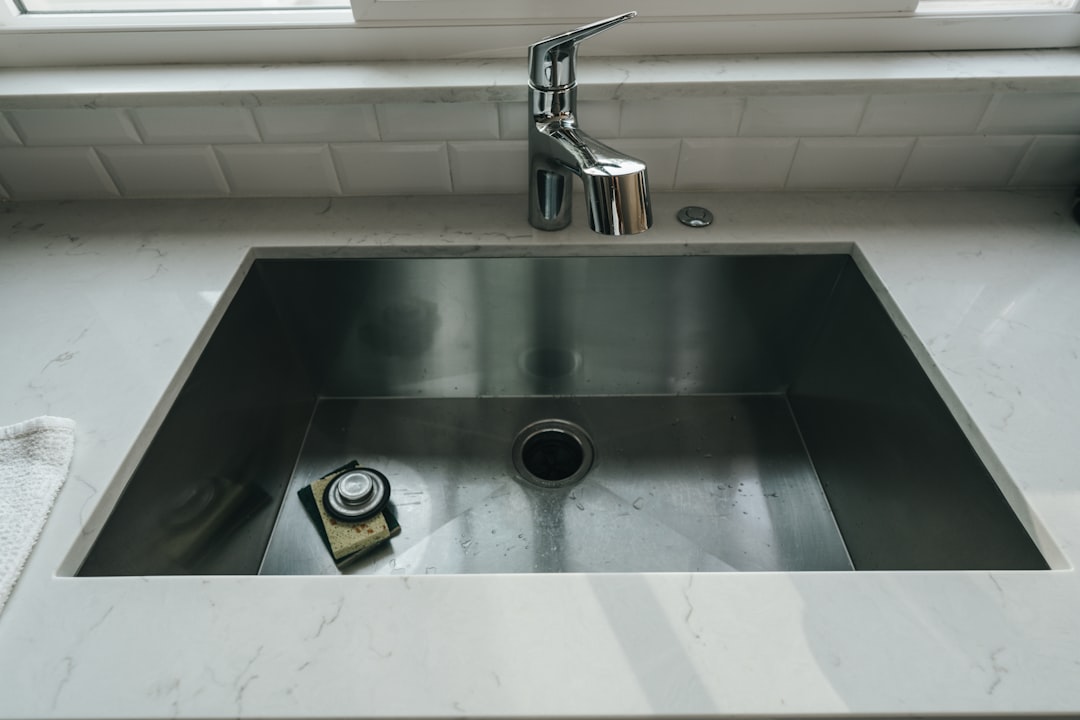
In 2025, the water sector will be marked by the confluence of technology, sustainability and cooperation in a world facing one of the most water-stressed scenarios in history, with growing demand for water, ever greater numbers of people living in water-scarce areas, and more and more frequent climate change-related events. Preparing your household for future water challenges requires thinking beyond just current conservation measures.
Some of the technological trends that are set to gain momentum include enhanced water governance, the deployment of geographic information systems, remote sensing for soil moisture, and improved energy efficiency. In 2025, digital transformation will become an essential tool to address the challenge of integrated water resource management. Consider investing in water storage systems, exploring renewable water sources like rainwater harvesting, and staying informed about emerging technologies that can further reduce your household’s water footprint.
Conclusion
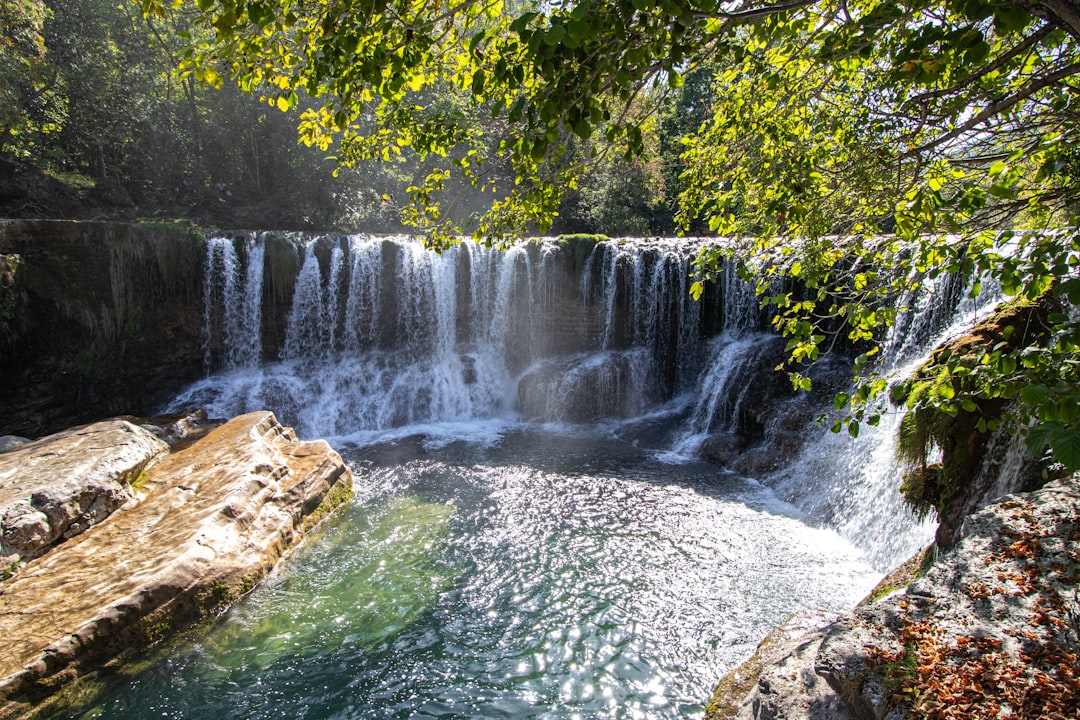
Sustainable water management in households isn’t just about turning off taps or fixing leaks – it’s about fundamentally rethinking how we interact with one of Earth’s most precious resources. The data shows us that small, consistent actions can lead to significant water and cost savings. Whether it’s installing smart meters that help detect leaks early, upgrading to water-efficient fixtures, or simply changing daily habits like shorter showers and full dishwasher loads, every household has the power to make a meaningful difference.
The convergence of technology, economic necessity, and environmental awareness is creating unprecedented opportunities for water conservation at the household level. With nearly half the world’s population facing water scarcity and global water stress projected to worsen, the steps you take today in your own home contribute to a much larger solution. What will you do differently with your next glass of water?

